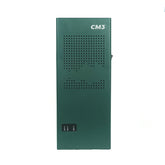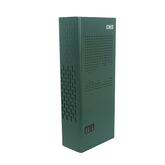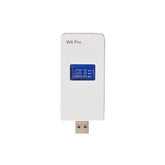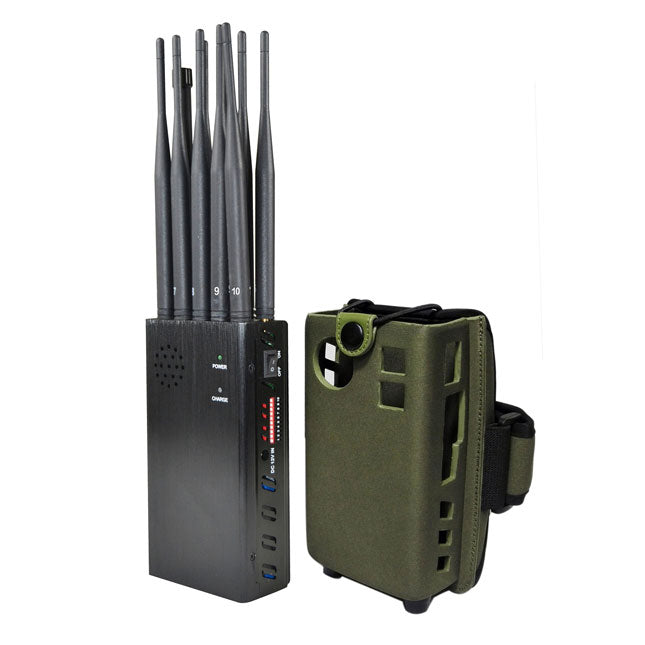The role of mobile phone signal jammers in anti-eavesdropping
Today, as information security becomes increasingly important, mobile phone signal jammers are not only common equipment in examination rooms, conference rooms and other places, but also play an important role in the field of anti-eavesdropping. The following are the specific roles of mobile phone signal jammers in anti-eavesdropping and their application scenarios:
1. Blocking the signal transmission of wireless eavesdropping devices
Working principle: Mobile phone signal jammers block communications in specific frequency bands (such as 2G, 3G, 4G, 5G, Wi-Fi, Bluetooth, etc.) by emitting interference signals, making it impossible for eavesdropping devices to send or receive data.
Application scenarios: In important meetings, business negotiations or sensitive places, signal jammers for wifi can effectively prevent wireless eavesdropping devices from transmitting recordings or data to the outside.
2. Prevent remote activation of eavesdropping functions
Problem background: Some smartphones or smart devices may be remotely controlled by malware or hackers to activate microphones, cameras or GPS functions for eavesdropping or tracking.
Solution: Jammers can block the connection between devices and external networks, prevent remote activation, and ensure that the device is in a safe state.
3. Protecting privacy areas
Application scenarios: In private offices, home spaces or medical facilities, jammers can prevent potential eavesdropping devices from leaking private information through wireless signals.
Precise shielding: Modern jammers can accurately shield specific areas to avoid affecting normal communications in the surrounding area.
4. Dealing with drone eavesdropping
Problem background: Drones may carry eavesdropping devices and fly over sensitive areas for monitoring or recording.
Solution: cell phone signal jammers can interfere with drone control signals and image transmission signals, forcing them to return or land, thereby preventing eavesdropping.
5. Preventing data leakage
Application scenarios: In enterprises or government agencies, jammers can prevent confidential data from being transmitted to the outside through mobile phones or other wireless devices.
Real-time protection: During data transmission, jammers can block signals in real time to ensure data security.
6. Use with other anti-eavesdropping devices
Comprehensive protection: Jammers can be used in conjunction with signal detectors, spectrum analyzers and other equipment to form a multi-level anti-eavesdropping protection system.
Combination of detection and shielding: First use the detector to locate the eavesdropping device, and then use the shield to block its signal transmission to achieve a more efficient anti-eavesdropping effect.
7. Law and Compliance
Legal use: When using a shield in anti-eavesdropping, it is necessary to ensure compliance with local laws and regulations to avoid interfering with legal communications.
Accurate control: Modern shields usually support frequency band selection and power adjustment to ensure use within the legal range.
Notes
Range control: The interference range of the shield needs to be precisely controlled to avoid affecting normal communications in the surrounding area.
Equipment compatibility: Different shields support different frequency bands and powers, and the appropriate equipment needs to be selected according to actual needs.
Regular maintenance: The shield needs to be checked and maintained regularly to ensure its stable performance.
The role of mobile phone signal shields in anti-eavesdropping cannot be ignored. It effectively prevents eavesdropping and protects privacy and confidential information by blocking wireless signal transmission. However, when using shields, attention should be paid to legality and accuracy to avoid interference with normal communications. With the advancement of technology, future shields will be more intelligent and efficient, providing stronger support for anti-eavesdropping.














